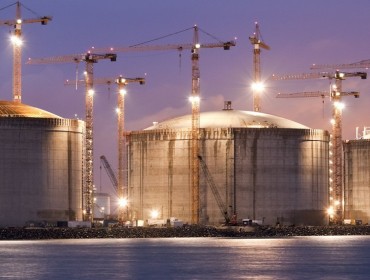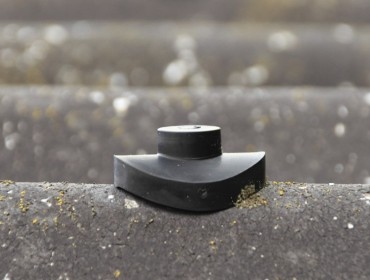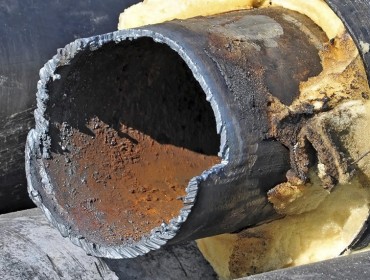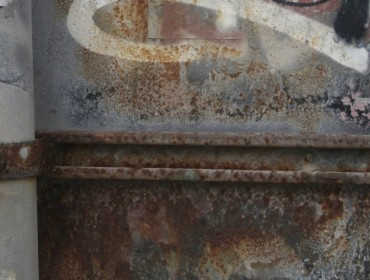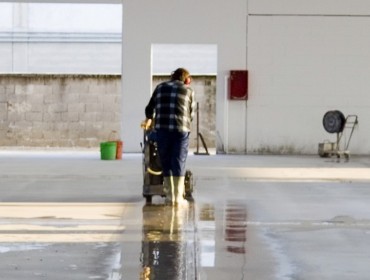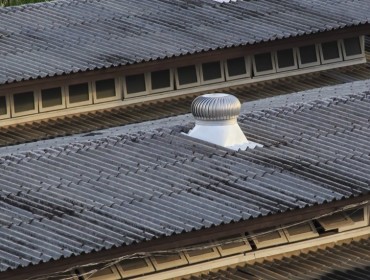There’s nothing boring about flooring
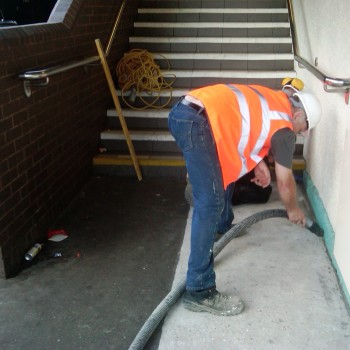
The seemingly endless benefits of polyurea and polyaspartic flooring treatments
When it comes to commercial and industrial flooring, finding a solution which is fit for purpose may prove harder than expected.
The diverse and demanding nature of these environments means there is often a long list of demands bestowed upon a specifier when it comes to choosing the right flooring for the job. From slip-resistance and health and safety, to zero chemical corrosion and water absorption as well as impact, abrasion and temperature resistance – the list can feel a little endless. Add into this mix the need for cost efficiency, longevity and of course, fast return to service installation techniques and the list of potential flooring solutions is suddenly rather minimal.
That’s where polyurea and polyaspartic performance coatings really come into their own because believe it or not, they tick all of those boxes and plenty more besides. Impressed?
Why are these two options leading the way over other performance coatings?
It is no secret that polyurea and polyaspartic technologies outperform all other performance coatings when it comes to repairing cracks, providing durability and the ultimate in protection, no matter what the application. The other key credential, which is perhaps not so well known, is that compared to other more traditional materials like polyurethane and epoxies, these technologies offer fast and reliable application. Touch dry in a matter of minutes, layers can be built up quickly, meaning a facility can be returned to service in hours or days rather than weeks.
With no VOCs, these two technologies are ideal for environments where health and safety is of primary concern as well as buildings which will remain occupied during the application process, which is a real bonus for many busy companies who simply cannot shut down.
What is the difference between these two technologies?
The defining characteristic of polyaspartic compared to polyurea is its method of application. Whilst polyurea is a plural component spray, polyaspartic technology delivers similar performance credentials, but in a VOC free, hand-applied resin.
Ideal for applications where elastomeric sprays may be problematic, such as food processing sites and pharmaceutical environments, as well as facilities which are near impossible to shut down, like airports and train stations, polyaspartic coatings can be precision applied with minimal mess.
With unrivaled credentials and a choice of application methods to choose from, there’s no wonder specifiers and building managers are turning to the formidable duo that is polyurea and polyaspartic coatings for their commercial and industrial flooring requirements.
If you’d like to know more about these technologies, call us on 01793 772 410 to discuss your latest project.

